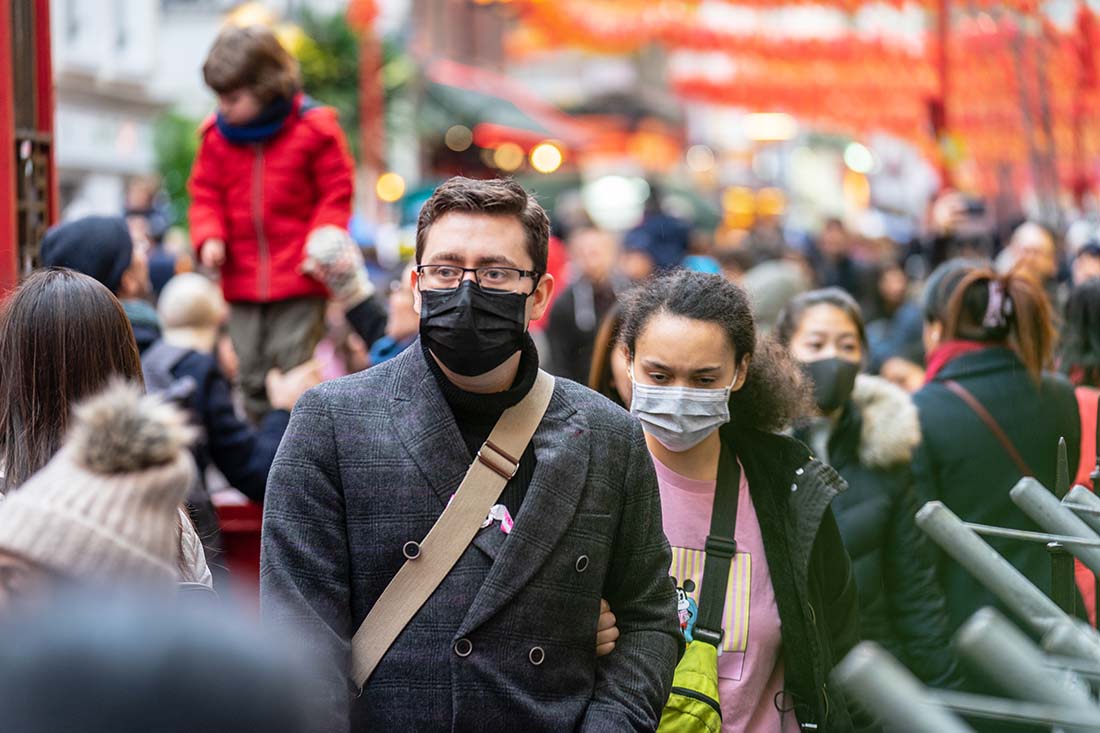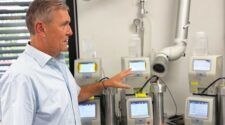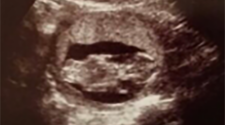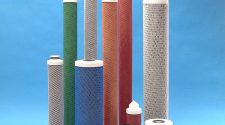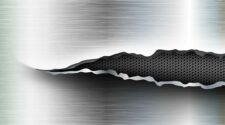There is extraordinary confusion about the basic issues that will shape the market for face masks and filters relative to the coronavirus pandemic. This applies to fundamental questions, such as does a medical mask provide protection for the wearer? Will the virus travel through the air and ductwork? How long will the virus remain viable?
There is no consensus relative to supply needs in the future. China has reportedly ramped up medical mask production fivefold to 100 million per day and N95 masks to 1.2 million per day from just 200,000. So it makes sense that they will have excess supply. Not necessarily. China is very worried about outbreaks in provinces visited by Europeans and other foreigners who the Chinese view as the future risk.
Does a medical mask protect the general population?
Let’s start with the frequent advice that a medical mask will not help the average person escape the virus, so people shouldn’t use them and instead save them for the medical professionals. David Hui, a respiratory medicine expert at the Chinese University of Hong Kong who studied the 2002 to 2003 outbreak of severe acute respiratory syndrome (SARS) extensively, says it is “common sense” that wearing a mask would protect against infectious diseases like COVID-19.
“If you are standing in front of someone who is sick, the mask will give some protection,” Hui says. “The mask provides a barrier from respiratory droplets, which is predominantly how the virus spreads.”
He also says that the role of a face mask may be especially important in the epidemic due to the nature of the virus. Patients with COVID-19 often have mild or even no symptoms, and some researchers believe it can also be transmitted when patients are asymptomatic—meaning patients can be contagious and don’t know they’re sick.
Hui adds that the lack of solid evidence supporting the effectiveness of masks against the virus is no reason to dismiss its use, because there may never be definitive scientific proof. A properly controlled study would be impossible to conduct ethically, he explains. “You can’t randomize people to not wear a mask, and some to wear a mask, and then expose them all to the virus,” he says.
One Chinese study speculated that as many as 533 million Chinese could be medical mask buyers. If that becomes the case, then the 100 million mask per day production rate will not be enough.
Bottom line, if an symptomatic person coughs in another person’s face and who is wearing a medical mask, the mask will reduce infection potential. If the person is six feet away, it probably won’t provide protection from aerosols. So, the market will greatly depend on the perception of risks. If most people worry about an afflicted stranger coughing in their face, then the market could be huge. Also, it is possible that some governments would require that people wear medical masks when in public places.
Webinar: Masks & Filters for Coronavirus
Will the virus travel through air and ductwork?
The Centers for Disease Control (CDC) has said the coronavirus would not have spread through the HVAC system on the Diamond Princess, while an expert from Purdue was positive that it would have done so. An article referencing ongoing studies from Princeton and elsewhere conclude that “The novel coronavirus SARS-CoV-2 can survive in the air for several hours in fine particles known as aerosols”1
A new study published in the New England Journal of Medicine concludes “When the virus becomes suspended in droplets smaller than five micrometers — known as aerosols — it can stay suspended for about 30 minutes, before drifting down and settling on surfaces where it can linger for hours, the researchers said. The finding is inconsistent with the World Health Organization’s position that the virus is not transported by air.”2
Suppliers of media and filters are very familiar with aerosols. The suppliers of HEPA filters, such as Pall, say that their filters have very high virus capture because the viruses attach to particles. It is well known that submicron particles can float in the air for long times and distances. The two modes of transport would be as particle attachments or in liquid aerosols.
Bottom line, would people in an apartment building with the same low-quality HVAC filter system employed on the Diamond Princess be at risk for HVAC based infections? If so, then suppliers of HEPA filters and room air purifiers are going to be busy.
We know that the half life of a virus is a function of whether it is in humid or dry air if airborne, or, if it is on a surface, whether the surface is plastic, metal or fabric. One also must think in terms of quantities. A cough may generate thousands of times more virus than random floating aerosols. The risks are proportionate to the quantities.
How long will the virus remain viable?
The coronavirus can remain viable and infectious in droplets in the air for hours and on surfaces up to days, according to a new study released on March 17. Scientists from the National Institute of Allergy and Infectious Diseases (NIAID), part of the U.S. National Institutes of Health, found in tests that when the virus is carried by the droplets released when someone coughs or sneezes, it remains viable, or able to still infect people, in aerosols for at least three hours.3
“The coronavirus can live for three days on some surfaces, like plastic and steel — though the amount of viable virus decreases sharply over this time — suggests a new study, published on Tuesday in the New England Journal of Medicine.
We know that the half life of a virus is a function of whether it is in humid or dry air if airborne, or, if it is on a surface, whether the surface is plastic, metal or fabric. One also must think in terms of quantities. A cough may generate thousands of times more virus than random floating aerosols. The risks are proportionate to the quantities.
However, there is a flip side of this argument, since fine particles have shown to penetrate deep into the lungs, there is some speculation that the small aerosols are even more of a threat.
Bottom line, if the virus is a hardy long-distance traveler, then the challenge for the filter, mask, and media industry is considerably greater than otherwise.
Related article:
When the unexpected happens, are today’s filtration systems ready for the challenge?
Mcilvaine Company is providing extensive continuing analysis of these issues and the impact on the market in:
For more information on McIlvaine’s “Coronavirus Technology Solutions” report, see http://bit.ly/mcilvaine-coronavirus-database.
References
- “New coronavirus may spread as an airborne aerosol, like SARS,” Live Science, https://www.livescience.com/coronavirus-can-spread-as-an-aerosol.html
- “Trump Signs Relief Package; China Reports Zero New Local Infections,” The New York Times, https://www.nytimes.com/2020/03/18/world/coronavirus-news.html#link-22b9e5c0
- “Coronavirus can persist in air for hours and on surfaces for days: study,” Reuters, https://www.reuters.com/article/us-health-coronavirus-study/new-coronavirus-can-persist-in-air-for-hours-and-on-surfaces-for-days-study-idUSKBN2143QP
- “Aerosol and Surface Stability of SARS-CoV-2 as Compared with SARS-CoV-1,” The New England Journal of Medicine,
https://www.nejm.org/doi/full/10.1056/NEJMc2004973


